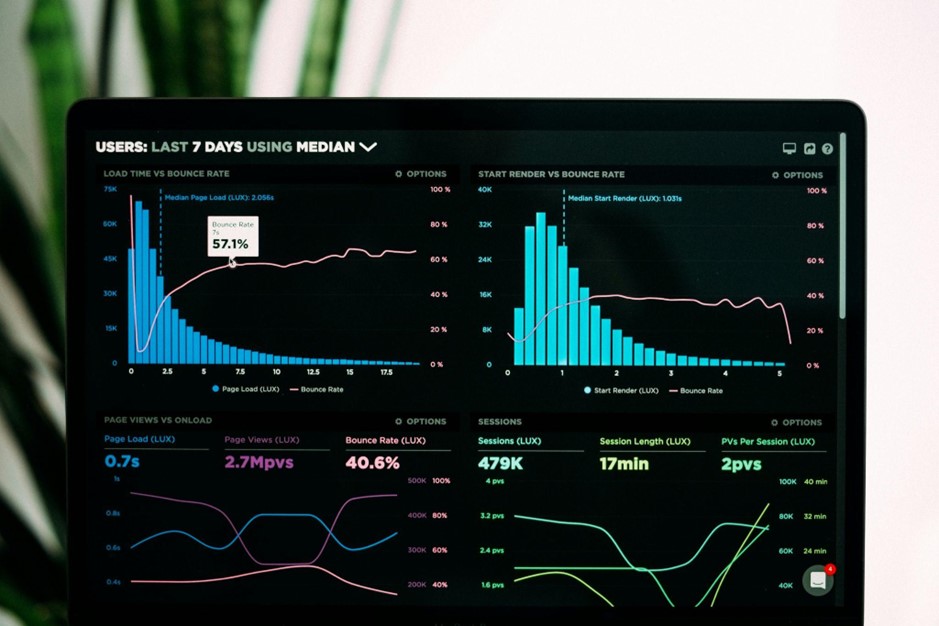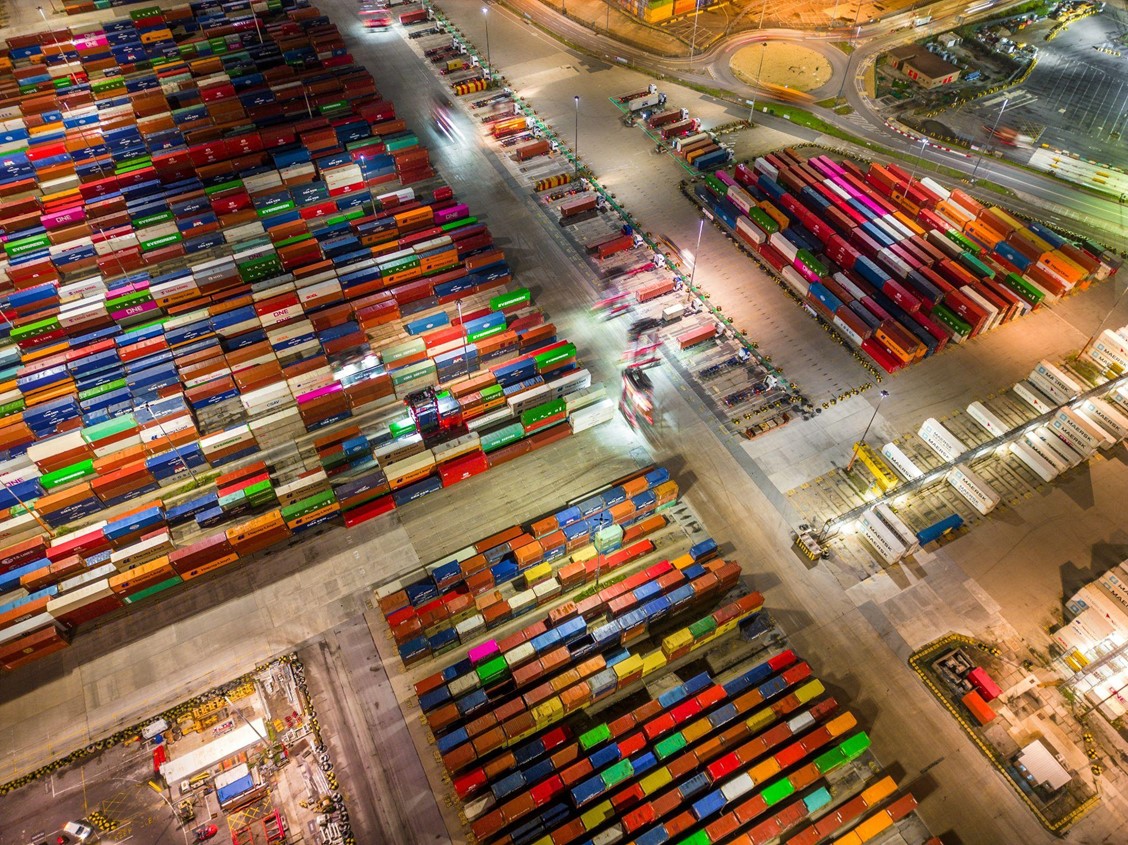Rapid - is a company engaged in international freight transport, and we know well how important accuracy and efficiency are in logistics. In today's world, where the market is changing every day and customers demand maximum speed and minimum cost, traditional approaches no longer provide a competitive advantage. What is coming to the fore is digital analyticsThe company's main focus is on Big Data technologies.
Big data in transport - is not just a buzzword, but a powerful tool that allows companies to radically change their business processes, from demand forecasting to optimising costs in logistics.

What is Big Data in logistics?
Big Data is a huge amount of information coming from various sources:
- GPS trackers;
- sensors in warehouses;
- motion sensors;
- sales data;
- information from social media;
- weather reports and much more.
In the past, this information was difficult to process due to its volume, speed of receipt and variety of formats. Today, thanks to the development of computing power and specialised software solutions, such data is becoming a valuable asset.
Big Data in logistics allows you to gain in-depth knowledge of market behaviour, demand dynamics and the efficiency of existing operations. Companies can analyse routes, vehicle loads, delivery times, fuel consumption, and external factors that affect these indicators. This comprehensive approach allows them not only to react to current events but also to proactively anticipate customer needs and market trends.
For example, according to a study by McKinsey & CompanyAccording to the research, the implementation of Big Data solutions can reduce the operating costs of logistics companies by 10-15%. This is a significant figure in the face of fierce competition.
Rapid is actively using these technologies not only in its internal, but also in international freight transport, which you can find out more about at https://rapid.com.ua/poslugy/mizhnarodni-vantazhni-perevezennya. This is particularly effective in a complex customs and regulatory environment. For example, thanks to anticipating customer needsThe company can prepare documents in advance, reserve customs corridors and avoid delays at the borders.
Developing demand forecasting: from intuition to accurate models
Traditionally, logistics has worked "blindly", guided by historical data and the past experience of managers. Today. analytics in logistics based on Big Data allows you to build more accurate models. Systems analyse:
- Seasonality and weather conditions: the more data you have, the more accurate your predictions are.
- Economic indicators: inflation rate, purchasing power of the population, GDP dynamics.
- Competitors' promotions and marketing campaigns: analysing data from social media and advertising platforms helps you understand how the actions of other market players will affect your business.
- Global events: political changes, natural disasters, technological innovations.
For example, by examining sales in online stores, algorithms can predict a surge in demand for certain products in a particular region. This allows logistics companies like Rapid to offer customers the best routes and tonnage in advance. This helps to avoid transport shortages during peak periods and reduce response times.
As the publication notes Forbescompanies that use predictive analytics improve customer satisfaction by more than 20%. This is especially critical in the international freight industry, where delays are most severe.

Cost optimisation: from fuel to time
The second critical aspect is cost optimisation in logistics. Big data provides tools for its implementation:
- Route optimisation. The algorithms analyse traffic, weather conditions, maintenance work and other variables in real time to build the fastest and cheapest route. This saves fuel and reduces vehicle wear and tear.
- Predictive maintenance. Sensors in vehicles collect data on the condition of engines, brakes, and other systems. By analysing this information, a company can plan maintenance before a breakdown occurs, avoiding costly downtime and accidents.
- Effective warehouse inventory planning. Analytics helps to determine the optimal level of stocks, avoiding both excess (which freezes funds) and shortages.
It is also worth adding the possibility of simplifying customs procedures. For example, customs brokerage services are becoming more efficient thanks to data analysis, which allows for faster preparation of the necessary documents and avoidance of delays at the border. By. https://rapid.com.ua/poslugy/mytno-brokerski-poslugy you will learn everything about this area of Rapid's business in detail.
Big Data - why is it important for business?
Investing in Big Data in logistics is not just an expense, but a strategic necessity. Companies that ignore this technology risk losing market share as competitors become faster, more efficient and more adaptable to change. It is worth highlighting the most important advantages:
- Fast return on investment - by reducing costs and increasing efficiency.
- Improving service by anticipating customer needs.
- Flexibility is the ability to quickly adapt to market changes.
The use of Big Data allows Rapid to do more than just transport goods, but to provide a full range of solutions that take into account the unique needs of each client.
Logistics technologies of the future
Logistics is already experiencing a technological revolution, and the coming years promise even more profound changes. What tools look the most promising:
- Artificial intelligence and machine learning.
- Internet of Things (IoT) in trucks, containers and warehouses.
- Blockchain to reduce the risk of counterfeiting and speed up document flow.
- Unmanned trucks and drones are already being tested in many countries.
- Automated guided vehicles (AGVs), robotic pickers.
The combination of Big Data and cloud technologies allows logistics companies to see the full picture of cargo movement at any time, respond quickly to delays and reroute transport in case of unforeseen circumstances.

Conclusion
Big Data in logistics is not the future, but the present. Demand forecasting and cost optimisation tools transform a logistics company from an executor into a strategic partner that helps businesses grow more efficiently. Rapid, by implementing the following logistics technologies, demonstrates in practice how anticipating customer needs and working with big data in transport are becoming the basis for reliable service.


